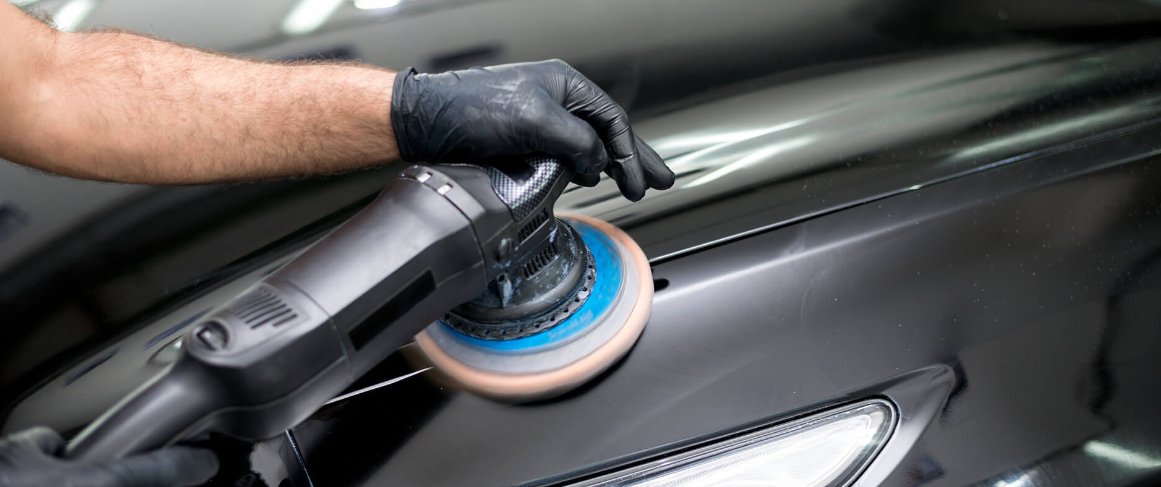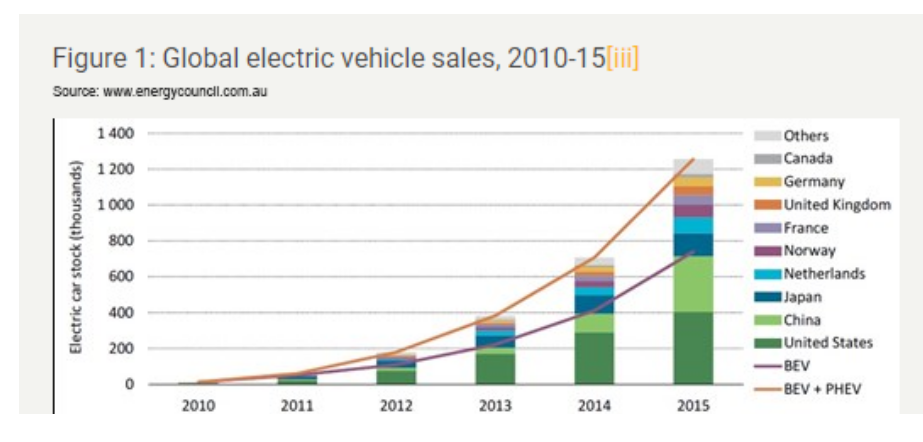Despite being touted as the “third CBD,” Liverpool has just 0.45 off-street spaces per employee; one of the lowest ratios across Sydney. And in Parramatta, the report notes that even major institutions like CommBank Stadium and the newly expanded Riverside Theatres offer little to no parking for their anticipated influx of patrons.
This imbalance threatens the success of Western Sydney’s post-COVID economic revival. As Business Western Sydney’s Executive Director David Borger warns:
“Getting parking right is critical to reactivate the economies of Western Sydney CBDs.”
The NRMA’s Prescription: Smarter, Unified, More Equitable Parking
The Parkin’ Mad report outlines three core pillars for reform:
1. Capping and Restructuring Parking Fees
Sydney’s Parking Space Levy and fee structures are under scrutiny. Although the ‘Parkin Mad’ report advocates for fee freezes, the reality is that the price of parking is driven more significantly by the underlying real estate prices, and that seem only to be going up under population increase. Rather than expecting regulatory price controls to make a significant impact on price, Park Agility advocates a different approach. Park Agility believe that with the right investment in property technology, the private sector can significantly reduce the impact of parking pressures.
2. Parliamentary Inquiry into Western Sydney’s Parking Deficit
The report calls for a formal inquiry to address chronic shortages in areas like Campbelltown, Blacktown, Parramatta, and Liverpool, including the creation of more strategic capacity around hospitals and transit hubs.
3. Unified, State-Wide Parking Technology Platform
A consistent, city-wide parking app like Park’nPay is essential. Fragmentation across councils has led to overlapping systems, confusing signage, hidden fees, and data privacy concerns. Integration is no longer optional.
This is the reform agenda. But how do we implement it cost-effectively, quickly, and at scale?
Introducing SharePark™: Unlocking Hidden Supply with Visible Impact SharePark™, developed by Park Agility, addresses all three of these challenges with a proven, scalable platform that connects motorists with underutilised private parking spaces securely, flexibly, and profitably.




